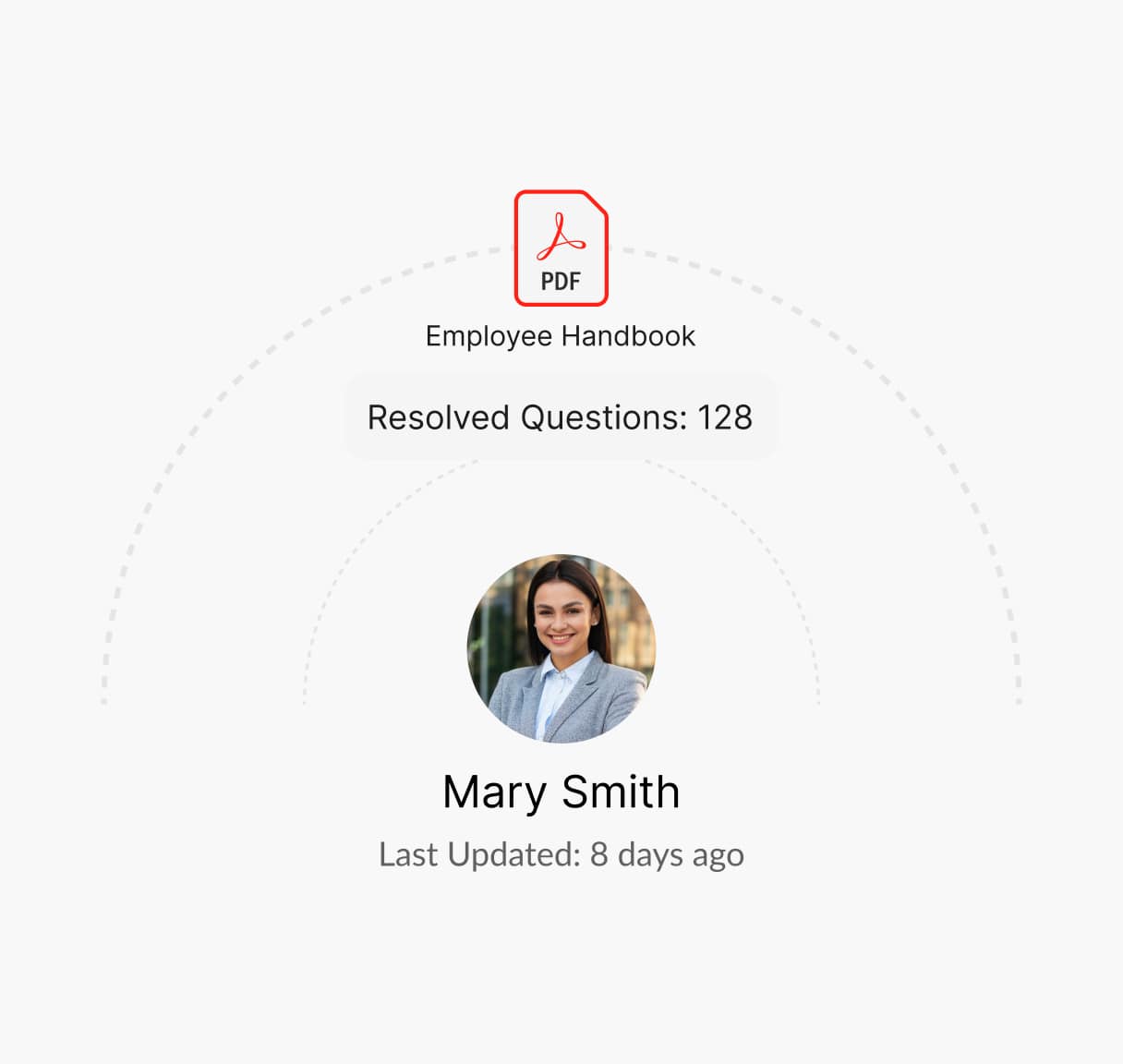Everything You Need to Know About Maternity Leave Policy
A maternity leave policy is a critical component of an organization’s commitment to supporting employees through one of life’s most significant transitions. This policy not only ensures compliance with labor laws but also fosters a supportive workplace culture that values employee well-being and work-life balance.

What is a Maternity Leave Policy?
A maternity leave policy outlines the entitlements, procedures, and expectations for employees who are expecting a child or have recently given birth. It typically covers the duration of leave, compensation during the leave period, eligibility criteria, and any additional benefits offered. By providing clarity and consistency, this policy helps both employees and employers navigate the maternity leave process effectively.
Guidelines for Creating a Maternity Leave Policy
Designing a robust maternity leave policy ensures legal compliance and demonstrates a commitment to employee well-being. Here are key considerations:
Define Leave Duration
Specify the length of maternity leave, including both paid and unpaid options, ensuring alignment with local labor laws.
Establish Eligibility Requirements
Clearly outline which employees are eligible for maternity leave, including considerations for full-time, part-time, and temporary workers.
Clarify Compensation Terms
Detail whether maternity leave is fully paid, partially paid, or unpaid, and explain how payments are calculated.
Include Job Protection
Ensure employees understand their right to return to their original or equivalent position after maternity leave.
Communicate Leave Application Procedures
Provide a clear process for notifying the organization, submitting documentation, and planning for the transition.
Support Flexible Return Options
Offer guidance on flexible work arrangements or phased returns to help employees transition back to work smoothly.
What is Covered in a Maternity Leave Policy?
An effective maternity leave policy should include the following:
Leave Duration
Specify the number of weeks or months of leave, distinguishing between paid, unpaid, and additional leave options (e.g., medical leave for complications).
Compensation Terms
Detail the percentage of salary employees will receive during leave, any waiting periods, and the role of external benefits (e.g., insurance or government programs).
Eligibility
Clarify criteria for eligibility, such as length of service, employee type, or contractual agreements.
Leave Application Process
Provide step-by-step instructions for requesting leave, submitting medical documentation, and notifying managers.
Job Protection
Reassure employees that their position or an equivalent one will be available upon their return.
Additional Benefits
Highlight any supplemental support, such as parental counseling, extended leave, or childcare benefits.
Compliance with Local Laws
Ensure the policy adheres to applicable regulations, such as the Family and Medical Leave Act (FMLA) in the U.S.
Need help creating a Maternity Leave Policy?
How Winslow Helps HR Teams Streamline Maternity Leave Policies
Managing maternity leave policies effectively requires clear communication, precise tracking, and personalized support. Winslow simplifies this process with the following features:

Instant answers anytime
Winslow allows employees to instantly access your maternity leave policy via Slack, Teams, or email. They can quickly find information about eligibility, leave duration, compensation, and application procedures.
Personalized Support
Winslow instantly answers HR questions, including those about your Maternity Leave Policy, ensuring clarity on leave duration and benefits.


Analytics and Insights
Winslow tracks policy-related queries, helping HR teams identify trends and common concerns. This data enables organizations to refine their policy, improve reporting channels, and address recurring issues proactively.
Simplify Maternity Leave Policies with Winslow
With Winslow, HR teams can easily manage maternity leave policies, addressing employee concerns quickly and accurately. Build a compliant, employee-focused process while saving time and boosting satisfaction.
Frequently asked questions
Have further questions about Winslow, contact us at sales@usewinslow.com
How long is maternity leave typically?
Maternity leave duration varies by country and organization. The FMLA in the U.S. provides up to 12 weeks of unpaid leave, while other organizations may offer extended or fully paid leave options.
Are all employees eligible for maternity leave?
Eligibility depends on company policy and local laws. Many organizations require employees to meet criteria such as a minimum length of service or full-time status.
What happens to my job during maternity leave?
Under most laws, employees are entitled to return to their original job or a comparable position with equivalent pay and benefits after maternity leave.
Is maternity leave paid?
This varies by company policy and jurisdiction. Some organizations offer fully paid leave, partially paid leave, or unpaid leave supplemented by government programs.
Can employees extend maternity leave?
Many policies allow for extended leave under specific circumstances, such as medical complications or additional unpaid leave requests. Employees should consult their HR team for details.
What documents are required to apply for maternity leave?
Commonly required documents include a doctor’s certificate confirming the due date and, in some cases, forms mandated by local labor authorities.
Can I take maternity leave in installments?
Some organizations allow flexible leave arrangements, enabling employees to split their leave period based on their needs.
Additional resources
Device Usage Policy
Managing employee leave effectively is vital for maintaining workforce productivity and compliance....
Learn moreconfidentiality policy
Protecting sensitive information is crucial. A clear Confidentiality Policy outlines guidelines for...
Learn moreclaim reimbursement
Ensuring fair compensation for expenses is key. A clear Claim Reimbursement Policy...
Learn more




